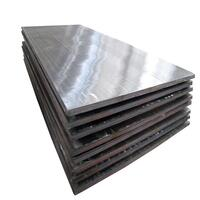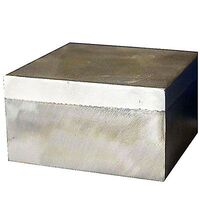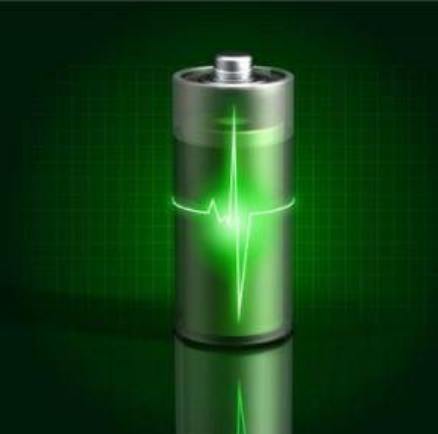1. Introduction
When you hear ‘metal clad,’ you might picture a backyard shed or industrial warehouse. But in cutting-edge architecture, metal clad isn’t just functional—it’s transformative. From corten steel facades that rust into living art to titanium-clad skyscrapers that resist corrosion for decades, clad metals are pushing the boundaries of design and performance.

Today’s architects and engineers are leveraging advanced clad metal systems not just for looks, but for resilience, energy efficiency, and longevity. Let’s dive into how these niche applications are redefining what a metal clad building can be.
2. What Is Clad Metal Meaning in Architecture?
Clad metal meaning refers to a composite material where a base metal—like carbon steel or aluminum—is bonded with a thin layer of a more corrosion-resistant or aesthetically desirable metal, such as stainless steel, copper, zinc, or titanium. This process, often done through roll bonding, explosion bonding, or electroplating, combines cost-effectiveness with high performance.
Unlike solid exotic metals, clad metals offer the surface benefits of premium alloys at a fraction of the price—making them ideal for large-scale architectural projects.
3. High-Performance Metal Clad Facades
3.1. Corten Steel Siding and Facades
Corten steel facade systems have surged in popularity for their self-protecting rust patina. Unlike traditional steel, corten steel siding forms a stable oxide layer that halts further corrosion—eliminating the need for painting or sealing.
Designers use corten steel plate in everything from urban lofts to cultural centers. While corten siding cost is higher than standard steel, its near-zero maintenance and dramatic aesthetic justify the investment over time.
3.2. Zinc and Copper Cladding

Zinc facade panels offer a sleek, modern look with natural weathering that evolves gracefully over decades. Zinc metal siding is lightweight, 100% recyclable, and ideal for complex geometries like a zinc clad dormer or curved rooflines.
Similarly, copper siding develops a distinctive green patina, prized in heritage and contemporary builds alike. Both materials are often used in standing seam facade systems for seamless, watertight performance.
3.3. Aluminum-Clad and Stainless Clad Systems
Aluminum clad steel and stainless clad aluminum combine the strength of steel with the corrosion resistance of aluminum or stainless steel. These are common in coastal or high-pollution zones where salt or chemicals would degrade standard metals.
For example, aluminum clad sheet is frequently used in column covers, coping, and vertical standing seam metal siding—especially in systems like PAC CLAD HWP or PAC CLAD column covers, known for durability and clean lines.
4. Beyond Walls: Metal Clad Roofs and Structural Elements
4.1. Advanced Metal Clad Roof Systems
Metal clad roofs aren’t just corrugated sheets anymore. Systems like Colorbond standing seam or PAC CLAD standing seam roof offer thermal efficiency, wind uplift resistance, and integrated insulation—critical for net-zero buildings.

Zinc clad roof installations are growing in Europe and North America for their longevity (80+ years) and low environmental impact. Paired with metal clad insulation, they reduce energy loads significantly.
4.2. Structural and Hybrid Applications
Even structural components benefit from cladding. Steel base plates, thick steel plate supports, and even diamond plate steel walkways are now made with clad surfaces to resist wear and corrosion.
In industrial architecture, metal clad buildings often use boiler plate steel or carbon steel plate cores with stainless or nickel alloy cladding—ideal for chemical plants or marine environments.
5. The Role of Specialty Clad Metals in Sustainable Design
Clad metals support sustainability in two key ways: longevity and recyclability. A well-designed metal clad house or steel clad building can last generations with minimal upkeep.
Materials like 6061 T6 aluminum plate, 316 stainless steel plate, or Inconel 625 clad overlays are chosen not just for strength but for their ability to perform in extreme conditions—reducing replacement frequency and waste.
Moreover, many clad systems use recycled content. Aluminum diamond tread plate or stainless steel checker plate, for instance, often contains over 80% post-consumer scrap.
6. Installation and Material Selection Tips
Choosing the right metal clad type depends on climate, budget, and design intent:
- For humid or coastal areas: aluminum clad stainless steel or copper nickel clad
- For dramatic, evolving aesthetics: corten steel plate or zinc metal siding
- For high-traffic exteriors: stainless steel diamond plate or chrome carbide overlay plates
- For lightweight roofs: aluminum 5052 sheet or PAC CLAD coping systems
Always verify compatibility—e.g., avoid direct contact between aluminum and copper to prevent galvanic corrosion. And when sourcing, look for ASTM A387 or 316L SS plate certifications for quality assurance.
7. Conclusion
Metal clad has evolved far beyond basic corrugated steel siding or metal clad sheds. In modern architecture, clad metals are precision-engineered solutions that merge artistry with engineering. Whether it’s a titanium clad museum, a corten steel house, or a zinc-clad dormer on a sustainable home, these materials prove that metal isn’t just strong—it’s smart, beautiful, and built to last.
Our Website founded on October 17, 2012, is a high-tech enterprise committed to the research and development, production, processing, sales and technical services of ceramic relative materials such as Metal. Our products includes but not limited to Boron Carbide Ceramic Products, Boron Nitride Ceramic Products, Silicon Carbide Ceramic Products, Silicon Nitride Ceramic Products, Zirconium Dioxide Ceramic Products, etc. If you are interested, please feel free to contact us.
